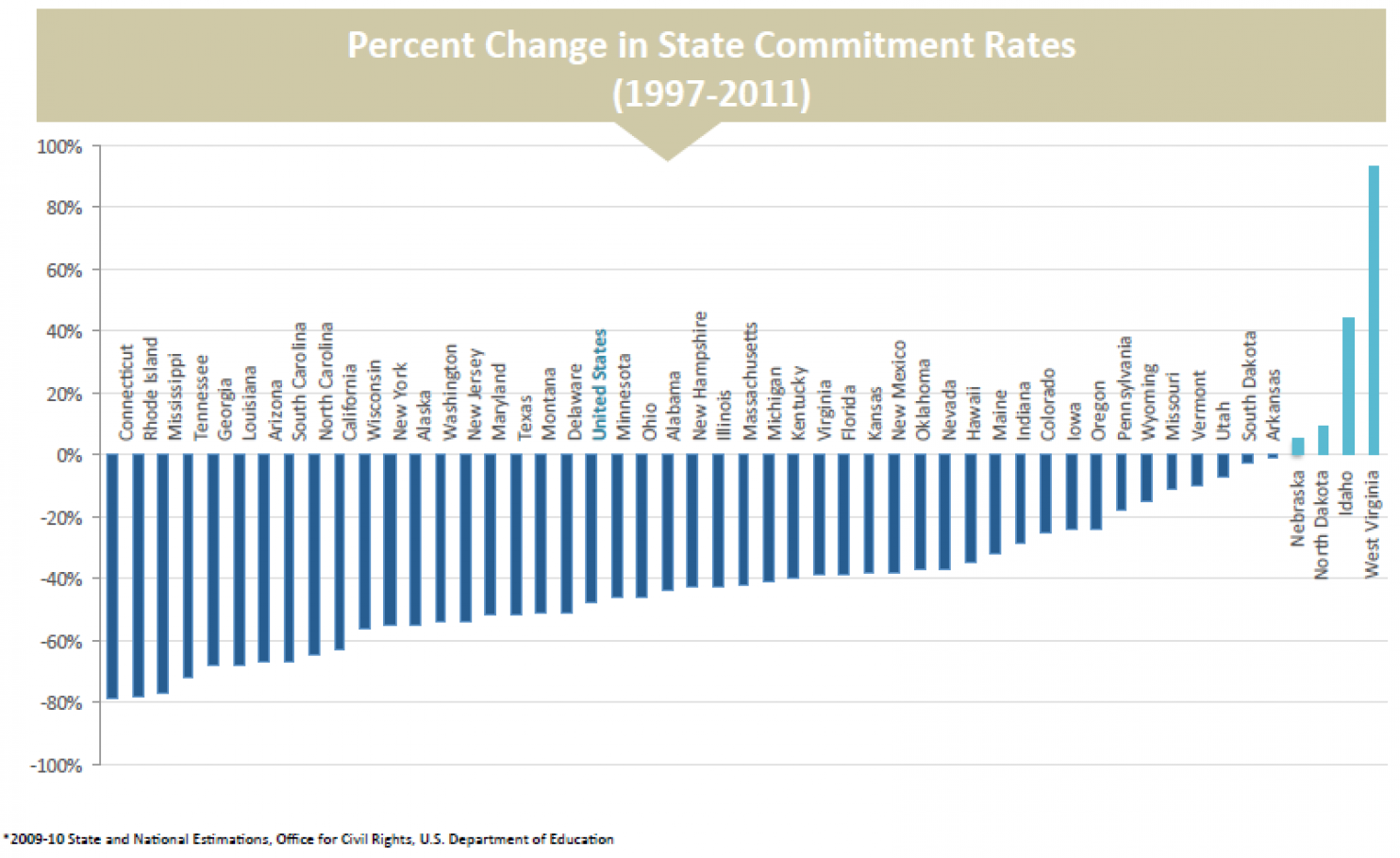NEW REPORT: Closer to Home: An Analysis of the State and Local Impact of the Texas Juvenile Justice Reforms
Today, the Council of State Governments (CSG) Justice Center released a first-of-its-kind study regarding the results of Texas’ bipartisan effort to improve the state’s juvenile justice system. The report, Closer to Home: An Analysis of the State and Local Impact of the Texas Juvenile Justice Reforms, provides empirical support for the fact that secure correctional facilities are ‘no place for kids’.
The CSG study, which draws on an unprecedented dataset in Texas – 1.3 million individual case records spanning eight years, assembled from three state agencies – demonstrates highly effective investments by Texas policy-makers in community-based supervision and programming.
CFYJ commends CSG for this comprehensive report.
"CFYJ applauds Texas policy makers, families, and advocates for their smart and effective response to youth crime. It is clear from the CSG report released today that states can reduce the inappropriate incarceration of youth while building safer communities,” said Marcy Mistrett, CFYJ’s CEO. “The finding that youth released from state-secure facilities are three times more likely to commit a felony than similar youth under community supervision, underscores the need to invest in developmentally appropriate, community-based responses for youth. Texas could further their great impact by raising the age of juvenile court jurisdiction to 18 years, so that thousands more youth could benefit from what we know works."
Some of the reports findings include:
- Youth incarcerated in state-run facilities are 21% more likely to be rearrested than youth who remain under supervision closer to home.
- Youth released from state-secure facilities are three times more likely to commit a felony than youth under community supervision.
- Recidivism rates for youth under community supervision have remained consistent across community-based interventions.
- Texas has seen a dramatic decrease in the state-secure population, with a 65% reduction between 2007 and 2012, cutting hundreds of millions in state spending and reinvesting a large portion of those savings into county-administered juvenile probation departments. During the same time period, juvenile arrests declined by 33%, a 30-year low.
- Texas has closed 9 juvenile correctional facilities, demonstrating it is possible to lock up fewer youth while achieving reductions in crime.
- African American and Latino youth did benefit from the policy changes in Texas, but are still incarcerated at rates disproportionate to their Caucasian counterparts who commit the same offenses.
Please visit this link to download, Closer to Home: An Analysis of the State and Local Impact of the Texas Juvenile Justice.


